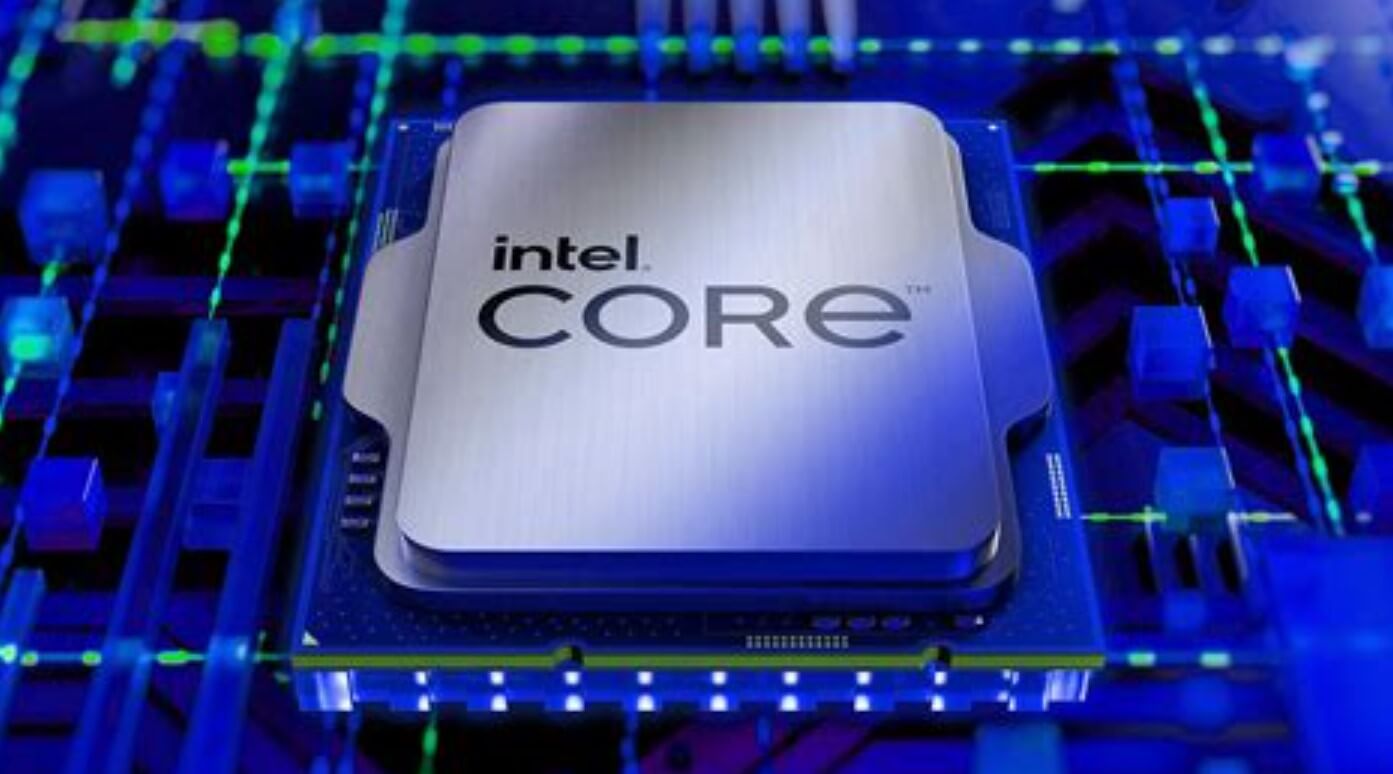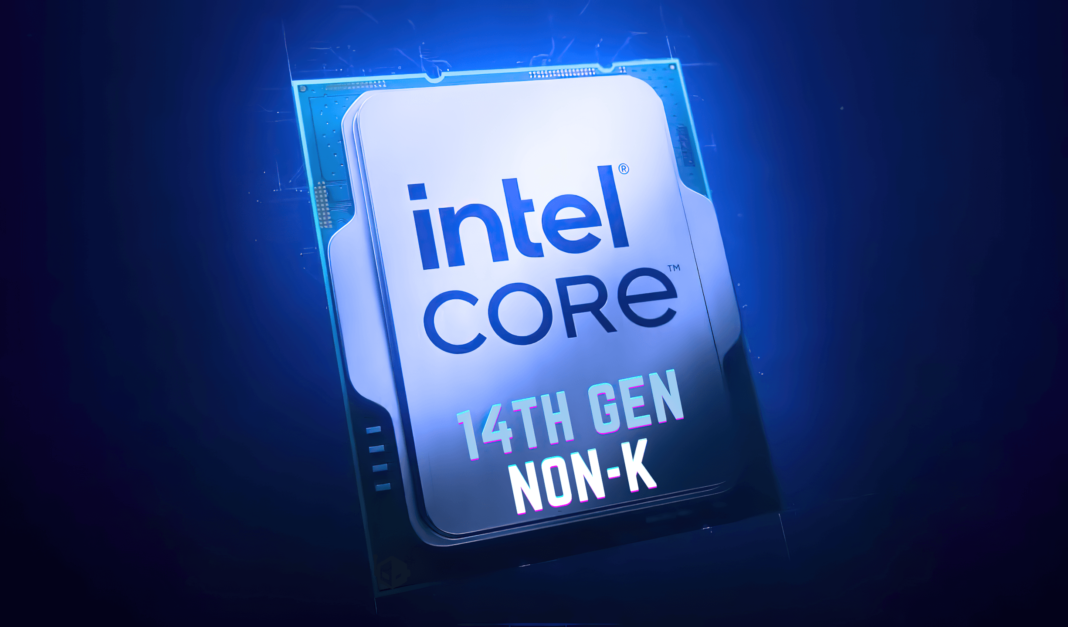Intel has long been a dominant force in the CPU market, consistently pushing the boundaries of performance with its Core series processors. With the highly anticipated release of the Intel Core i9-14900KS, rumors and speculation have been swirling around the immense power draw of this next-generation CPU. In this article, we will delve into the details surrounding the Intel Core i9-14900KS and explore the implications of its unprecedented 400W power consumption.
According to recent rumors, the Intel Core i9-14900KS is set to make a groundbreaking leap in power consumption, drawing a staggering 400W. This marks a significant increase compared to its predecessors, reflecting Intel’s commitment to pushing the performance envelope. With this power-hungry processor, Intel aims to cater to the needs of enthusiasts, gamers, and professionals who demand uncompromising performance for their resource-intensive tasks.
The Intel Core i9-14900KS’s exceptional power draw is expected to deliver a significant boost in performance. By harnessing this extraordinary power, Intel aims to provide users with unparalleled computing capabilities, enabling them to tackle demanding workloads and run intensive applications with ease. However, it is important to note that such high power consumption comes with the expectation of substantial gains in performance, as well as potential trade-offs in terms of heat dissipation and energy efficiency.

With the Intel Core i9-14900KS’s power draw reaching 400W, effective cooling becomes a critical consideration for users. The increased power consumption translates into higher heat generation, posing challenges for cooling solutions. It is anticipated that Intel will recommend robust cooling options, such as high-performance liquid cooling systems or advanced air coolers, to ensure optimal thermal management and prevent overheating.
While the Intel Core i9-14900KS’s power draw may raise eyebrows due to its sheer magnitude, it is crucial to consider the overall power efficiency of the system. Intel is likely to implement measures to balance performance and power consumption, optimizing the CPU’s energy efficiency under normal operating conditions. However, it is important for users to be mindful of the potential impact on electricity bills and the environment, especially when considering long-term usage.
The Intel Core i9-14900KS’s 400W power draw sets a new benchmark in the CPU industry. It raises questions about the future direction of processor design and the limits of power consumption. As Intel continues to innovate, it will be interesting to see how they address the challenges of power efficiency and cooling in future iterations of their processors.
The Intel Core i9-14900KS’s rumored 400W power draw signifies a bold leap in CPU performance, catering to the demands of power-hungry users. While the power consumption may raise concerns about cooling and energy efficiency, it also promises unprecedented computing capabilities. As the release of the Intel Core i9-14900KS draws nearer, the tech community eagerly awaits its arrival, ready to witness the next chapter in high-performance computing.





